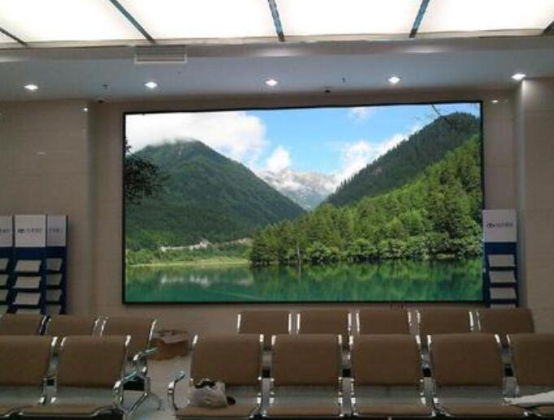What is the principle of the scanning method of the led display?
With the rapid development of the LED display industry, LED technology is also constantly developing, and the brightness of the LED display is also constantly improving, and the size is getting smaller and smaller, which shows that more LED displays will become large trend. However, the increase in LED brightness and density has brought new and higher requirements to the control and driving of LED display screens. Nowadays, in general indoor LED display screens, the common control methods all adopt row and column sub-control mode, which is commonly referred to as scanning mode. At present, the driving mode of LED electronic display screen includes static scanning and dynamic scanning, and the static scanning surface is divided into Static real pixels and static virtual, dynamic scanning is also divided into dynamic real images and dynamic virtual.
In the LED display, the ratio of the number of simultaneously lit lines to the number of lines in the entire area is called the scanning method. The scan is divided into 1/2 drive, 1/4 scan, 1/8 scan, 1/16 scan and other driving methods. It can also be said that the driving method of the display screen is different, so the setting of the receiving card is also different. If the receiving card was originally used for 1/4 scan evaluation and is now used for static screens, then the display on the display will be brighter every 4 lines. Generally, the receiving card can be set, and the main devices such as the sending card, the display screen, and the computer can be connected. You can enter the relevant software in the computer to set up. Then let me introduce the scanning mode and principle of the LED display.
1. LED display scanning method
(1) Static scanning: Static scanning is a "point-to-point" control from the output of the driver IC to the pixels. Static scanning does not require a control circuit, the cost is higher than dynamic scanning, but the display effect is good, the stability is good, the brightness Advantages such as small loss.
(2) Dynamic scanning: Dynamic scanning is to implement "point-to-column" control from the output of the driver IC to the pixels. Dynamic scanning requires a control circuit, the cost is lower than that of static scanning, but the display effect is poor and the brightness loss is relatively high.
2. Working principle of 1/4 scan mode of LED display
The working principle of the 1/4 scan mode of the LED display is that each line of power V1-V4 is turned on for 1/4 time according to the control requirements in a frame of image. The advantage of this is that LED display features can be used more effectively and hardware costs can be reduced. The disadvantage is that within a frame of image, each line of LED can only display 1/4 of the time.
3. Classification according to the type of LED display scanning
(1) Scanning method of indoor full-color LED display: P4 and P5 are constant current 1/16, P6 and P7.62 are constant current 1/8.
(2) Scanning method of outdoor full-color LED display: P10, P12 are constant current 1/2, 1/4, P16, P20, P25 are static.
(3) The scanning mode of single and double color LED display screen is mainly constant current 1/4 scan, constant current 1/8 scan, constant current 1/16 scan.

What does the p of the led display stand for?
Pin the LED display refers to the center distance between two adjacent pixels of the LED display, referred to as the point spacing.
1. For example, a P10LED display, the distance between the center of two adjacent lamp beads and the lamp beads is 10mm
2. P10 can't see the grain on the screen when it is 10 meters away, that is, it can't see the lamp beads. Similarly, P6 is that the picture is not distorted at 6 meters.
3. Under normal circumstances, the denser the lamp beads, the clearer the LED display, the higher the resolution, the higher the price.
If you want to know more, our website has product specifications for led display, you can go to ALLICDATA ELECTRONICS LIMITED to get more information

